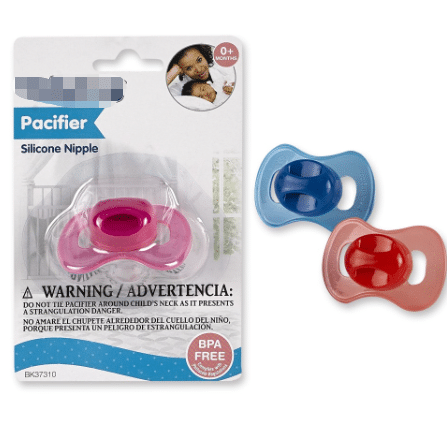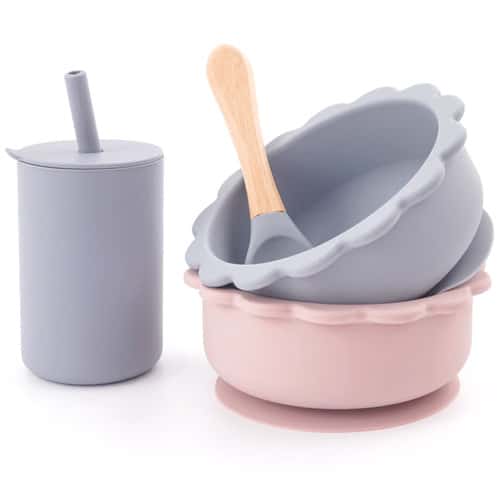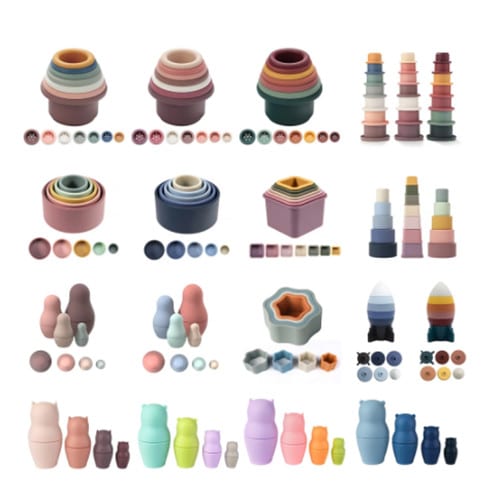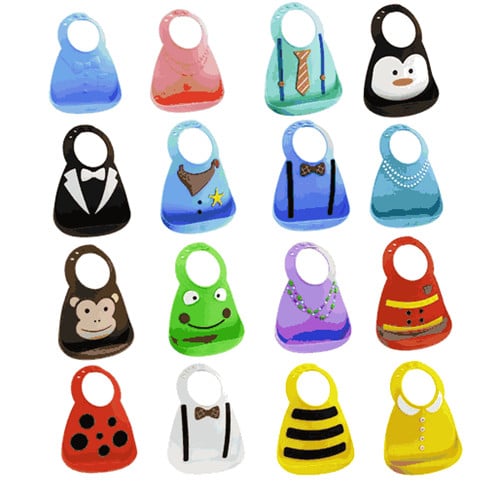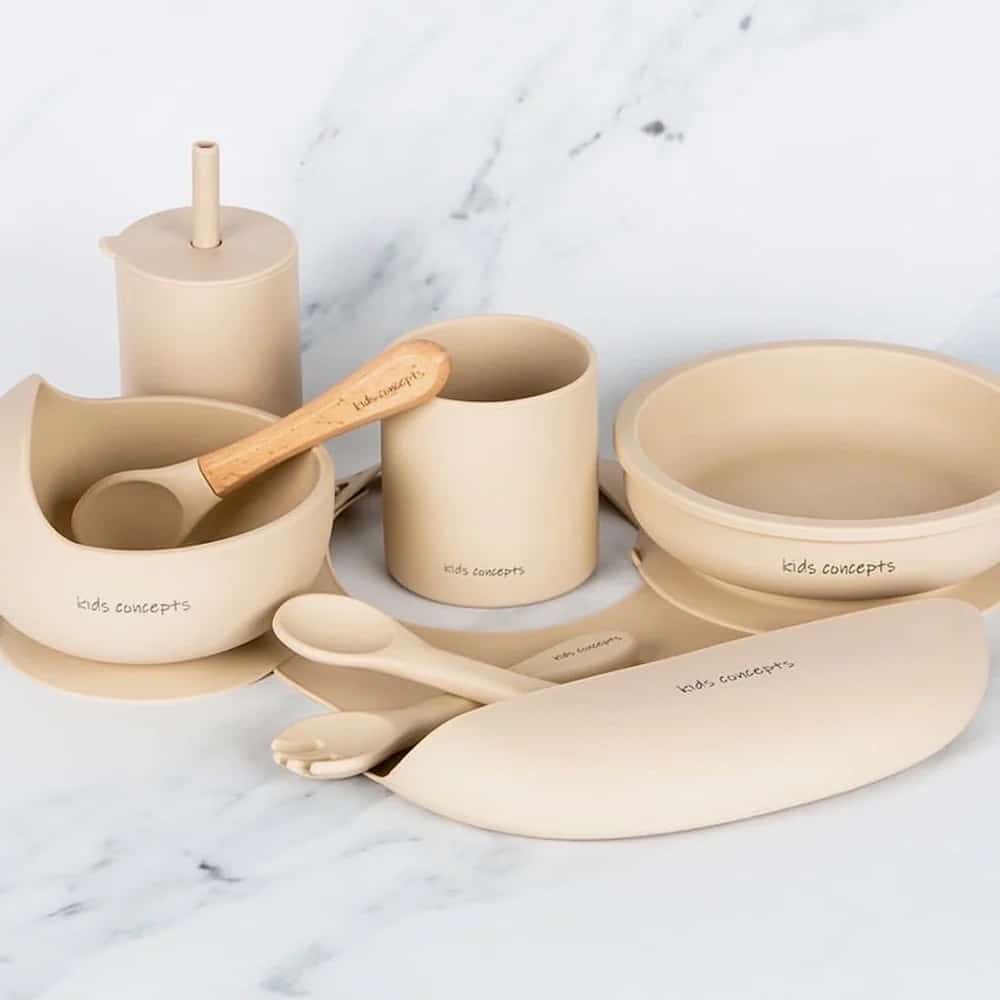How do I know if my silicone is BPA-free?
What is BPA and why should I worry about it?
You may wonder — what does BPA stand for? Short for Bisphenol-A, BPA is an industrial-grade chemical that’s been used in the production of plastics and various resins since the dawn of the plastic industry boom in the 1950s. One of its greatest dangers to consumers lies in packaging, namely the BPA in plastic water bottles and a variety of food containers such as the linings of metal cans. This BPA can, and does, seep into the food and beverages inside the packaging. And the science on this is settled: BPA is bad.
BPA (bisphenol-a) is found in polycarbonate plastics, which are hard, clear (or clear-tinted), unbreakable plastics. They’ve been used since the 1960s to make products like water bottles, food-storage containers, drinking glasses, pitchers, baby bottles, and sippy cups.
BPA studies stretching back decades have shown that BPA is linked to pregnancy loss, and can have a negative impact on developing fetuses, responsible for different placental diseases, affecting the prostate glands and brains of unborn children. After birth, the problems continue with a range of behavioral issues attributed to BPA. These include hyperactivity, depression, aggression, and higher-than-normal levels of anxiety. Research has also suggested links between BPA and cardiovascular disease, type 2 diabetes, and high blood pressure in adults.
BPA exposure possibly can affect the brain, the prostate gland of fetuses, infants, and children, and it might increase blood pressure, according to the Mayo Clinic. The same article does state, however, that U.S. Food and Drug Administration (FDA) testing shows BPA to be safe at the low levels sometimes found in foods.
All BPA-Free Products Are Not Equal
Products that are BPA-free do not contain any traces of Bisphenol-A. As concerns regarding the safety of BPA and its ability to leach into foods and beverages have grown, many manufacturers have committed to making BPA-free products.
BPA-free means you’re safe, right?
Not so fast. You might want to be wary of BPA-free plastics. You may come across a plastic product in a store that’s labeled BPA-free and assume that it’s safe since it doesn’t contain dangerous chemicals. But maybe not. The BPA substitutes that manufacturers of plastics use can be just as harmful to human health.
Further Reading:
-
What you need to know about silicone allergy
-
TPU(Thermoplastic Polyurethane)and Silicone
-
The Silicone Toys for Kids and Adult -Pop-it
-
The safety and cleaning methods of silicone baby toys
-
The diversity of silicone toys Stimulating babies’ desire for exploration
-
The difference between silicone and rubber
What is Bisphenol-A getting replaced with?
As the evidence of the dangers of BPA has become more clear over the past decade, some manufacturers have moved to substitute BPA with BPS: Bisphenol S. But this close cousin of BPA maybe even worse! Studies on BPS have shown that it can have serious detrimental effects on human health and may be linked to obesity issues, reproductive defects, and even cancer.
Now that you understand the true BPA-free meaning, the wise choice is to steer clear of Bisphenol-A; BPA is best left in the past. Instead, look to the future of silicone products and silicone molds.
Is Silicone BPA-free?
Silicone rubber combines synthetic and chemical elements, making it unique and durable. The key ingredient in silicone is silicon. Silicone is made by combining this element with oxygen, hydrogen, and carbon. This combination results in a material resistant to heat and cold and flexible and non-toxic.
Silicone, not to be confused with silicon (a naturally occurring substance and the second most abundant element on Earth after oxygen) is a man made polymer created by adding carbon and/or oxygen to silicon.
Because it is malleable, soft, and shatterproof, it is surging in popularity. The FDA has approved it, “as a food-safe substance” and it can now be found in numerous baby bottle nipples, plates, sippy cups, baking dishes, kitchen utensils, mats and even toys.
Silicone is rubber-like material composed with silicon, oxygen and carbon. Silicone is non-reactive, stable and can stand for extremely high and low temperatures. Above all, silicone is non-toxic and safe to use, widely adopted for medical applications. Perhaps it’s owing to higher manufacturing costs of using it for feeding bottles when compared to PC plastics, it’s seldom considered for being the material for making feeding bottles.
Jution Silicone has been researching how to improve the safety and quality of baby products for years. Equipped with an advanced technology “twin-shot injection molding”, Jution Silicone successfully designed and produced silicone feeding products that would be of ultra-wide neck, breast-like shape, anti-colic-vent, and most importantly could allow the content (whatever milk or water) to be in contact with silicone only, without touching plastics. And unlike other brands on the market, Jution Silicone baby products and Teat are produced as a one-piece structure without using any adhesives, safeguarding babies from potentially toxic chemicals… being the first of its kind.
How do I know if my silicone is BPA-free?
- Use the silicone products that produce after 2013.1.1.
- Use infant-used silicone products that are BPA-free.
- Avoid plastics or any products with a #3 or #7 recycle code on the bottom. These plastics might contain BPA. Other types of numbered plastic are much less likely to have BPA in them.
- Buy Silicone products from FDA number list supplier.
- Buy silicone products have the certification of FDA.
- Test the silicone products that you have by the third lab. (SGS. Intertek, Bureau Veritas, TÜV Rheinland), This is a high cost for only personal use. Most of the brands will test BPA before their silicone products are on the market. For personal use, Only buy the silicone products which have passed the test and have the certification can confirm your silicone is BPA free.
Conclusion
Now that you understand the true BPA-free meaning, the wise choice is to steer clear of Bisphenol-A; BPA is best left in the past. Instead, look to the future of silicone baby products and silicone molds.
Related Blog
-
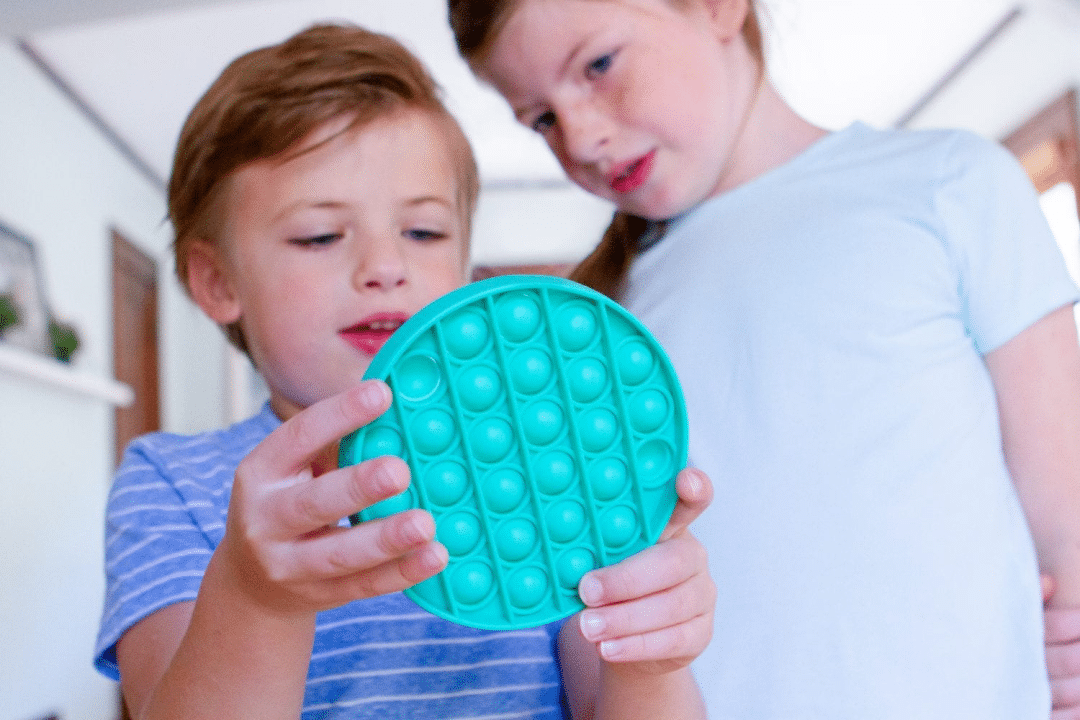
The Silicone Toys for Kids and Adult -Pop-it
The Silicone Toys for Kids and Adult -Pop-it What is Pop-It silicone toy? Pop-It is a molded silicone toy that mimics the feeling of squeezing and has become a popular toy in elementary schools across the United States in recent years. The toy’s simple design allows users to experience the sensation of bouncing back by
-
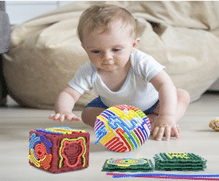
The safety and cleaning methods of silicone baby toys
The safety and cleaning methods of silicone baby toys As a professional who has been deeply involved in the field of silicone materials for many years, I am well aware of the importance of safety and cleanliness of infant and toddler products. Due to its unique diversity, silicone baby toys have become an ideal choice
-
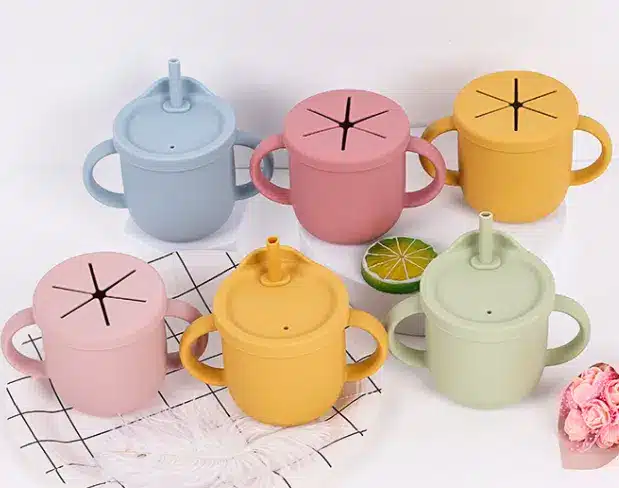
The baby’s first water cup Recommended
The baby’s first water cup Recommended Over the years, I have witnessed how silicone materials have reshaped the landscape of maternal and infant products with their unparalleled safety and functionality. The “first water cup” is an important tool for babies to transition from breast milk or bottles to independent drinking. At this time, our top
-
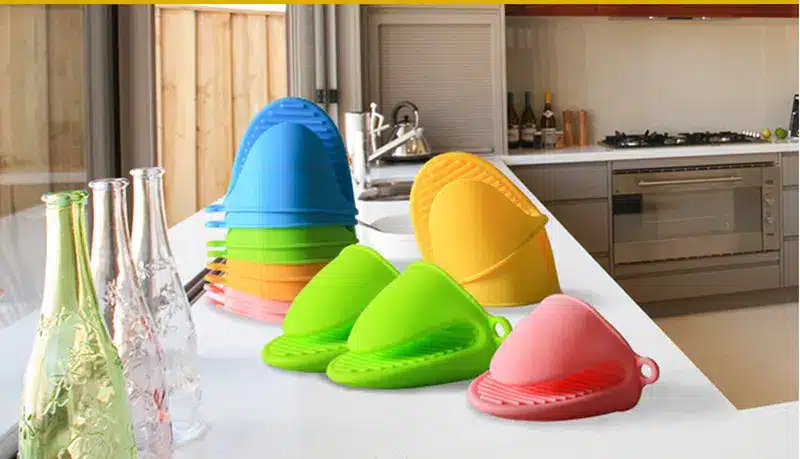
Silicone vs. Plastic Why are silicone baby products more recommended
Silicone vs. Plastic Why are silicone baby products more recommended As a professional with many years of experience in the silicone material field, I’ve witnessed how silicone, with its unparalleled safety and functionality, has reshaped the landscape of maternal and infant products. In this age of information overload, the sheer variety of baby products available
-
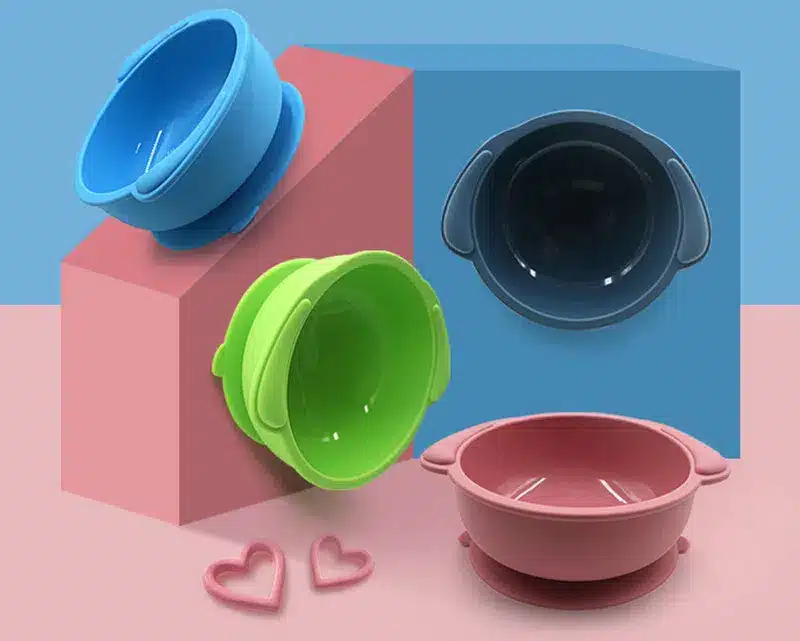
Silicone bowls vs. plastic bowls Which one is the best choice for babies
Silicone bowls vs. plastic bowls Which one is the best choice for babies As a professional who has been deeply engaged in the field of silicone materials for many years, I have witnessed how silicone materials have reshaped the landscape of maternal and infant products with their unparalleled safety and functionality. As a person with

